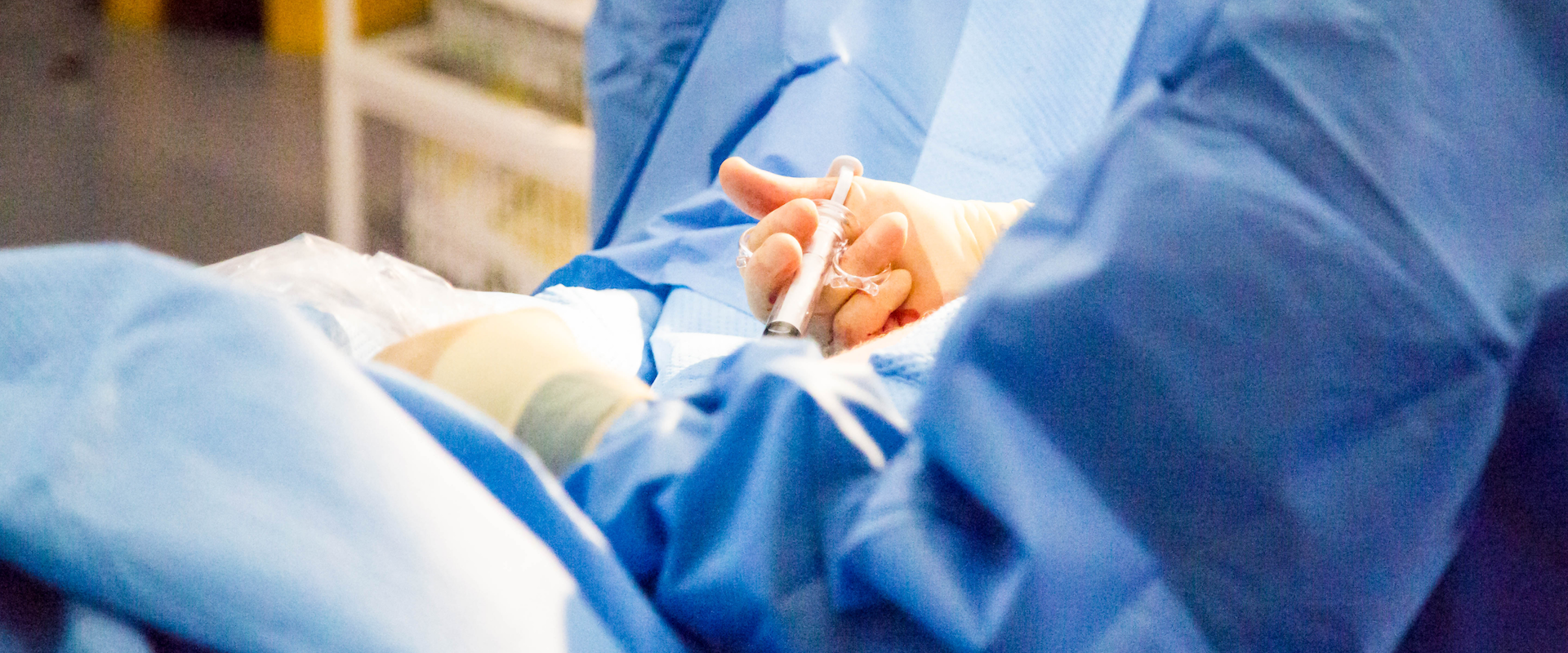
They kidneys are essential in the removal of excess fluid and waste products from the blood, and in some cases where the kidneys are no longer functioning as they should, a procedure called haemodilysis may be considered – either on a short term or long term basis. In cases where it is to be required long term, an arteriovenous fistula may be considered to facilitate long term venous access.
For people suffering from kidney failure who it is felt would benefit from long term haemodialysis, an arteriovenous fistula is usually considered the best means of venous access.
Arteriovenous fistula involves disconnecting a small vein, and reconnecting it directly on to the side of an artery. This allows fast flowing arterial blood to flow directly into the vein, which causes it to increase in size, and the walls of the vein to become thicker. A matured fistula can therefore be used multiple times with reduced risk of complications, and permits the rapid flow of blood and dialysis fluid required for haemodialysis.
There are numerous sites that fistulas may be formed, but the most common sites are either at the wrist (radio-cephalic fistula) or at the elbow (brachiocephalic fistula). The decision on the site of the fistula will be based on a number of factors, and a discussion is held prior to surgery to ensure the optimal site is chosen.
A small cut is made over the site where the vessels are to be joined together, and the two vessels stitched together using a small needle and sutures. This is usually performed under local anaesthetic.
Most arteriovenous fistula are performed under local anaesthetic, and you will be home the same day. In a small number of more complex fistula, a general anaesthetic may be required, and sometimes an overnight stay may be required.
Major complications are rare, but all fistulas have the risk of blocking off, which means they may have to be re-formed. The full risks and benefits will be discussed with you prior to undertaking the procedure.
For more information, or to arrange a consultation, please feel free to contact us via the ‘contact’ tab above.
